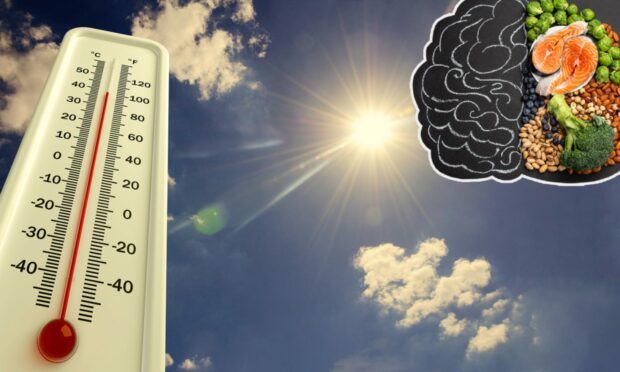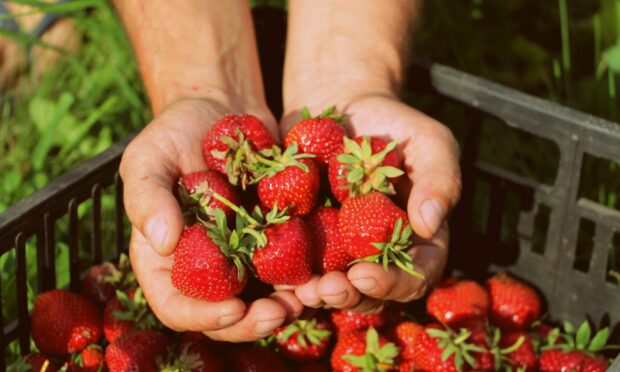Seasonal changes and shifts in temperature can very easily influence our eating habits much more than you would think.
With spring in full swing and summer just around the corner, thoughts of ice cream in the park and iced lattes on the way to work fill my mind.
The warmth of the environment naturally lends to the idea that we should be drinking and eating foods that help cool us down.
But why is this the case?
What is going on inside and outside our bodies that causes this shift in eating habits and how do we take control of it?
Weather affects appetite
Studies have highlighted that in warmer climates people tend to eat less food as well as opting for lighter’ and ‘cooler’ foods.
The reason for this, according to research by John R. Brobeck, is that the body tries to regulate its own heat based on the temperature around it.
This is due to the fact that the food we eat is used as energy to keep the body warm and since we don’t need as much warmth, we require less of it.
And similarly when winter arrives, our bodies will react to the cooler temperatures and encourage us to eat more to keep warm.
That is probably why when you’re lounging in the sun on holiday, you want to eat lighter meals and crave drink more fluids, while in the depths of winter, many of us turn to heartier dishes like stews and soup, and warm drinks like hot chocolate, to fill us up more.
We drink more in the heat
In addition, when we go out into the sun or a warm area, our bodies will start to sweat more to again regulate the heat level it is experiencing.
As a result, we are more likely to drink more rather than eat in these conditions meaning naturally we consume less and alter our eating habits.
This is often the reason why many of us find it much easier to control our food cravings and weight in the summer months of the year.
Eating habits change with availability
Seasonal changes not only affect our body heat, but also the types of food that grow in our local area.
In January there is an abundance of root vegetables and fish, moving into April when the bees are busy making honey, and in June we can enjoy those freshly grown Scottish soft fruits.
Although supermarkets provide options for us all year round, trying to shop local and being more aware of our carbon footprint has caused massive changes in what we choose to buy and how we eat.
As a result what is available to us can massively impact our eating habits and the produce we can buy is very weather and season dependent.
Being aware of your surroundings is crucial for making better lifestyle choices and creating beneficial eating habits.
So next time you are deciding what to eat, you might want to check the weather first.
This article is part of an ongoing series where topics around food and drink and behaviour will be discussed.
If you have any suggestions on topics you would like to read about, please provide your suggestions in the submission form below.
Mariam Okhai is a food and drink journalist who also researches food behaviour.
She has a Masters in Behavioural Science for Management from the University of Stirling. Her undergraduate degree was in Psychology and Business Economics with Marketing.
She is also a certified habit coach.
You can find out more about her research on her Behavioural Foodie website.





